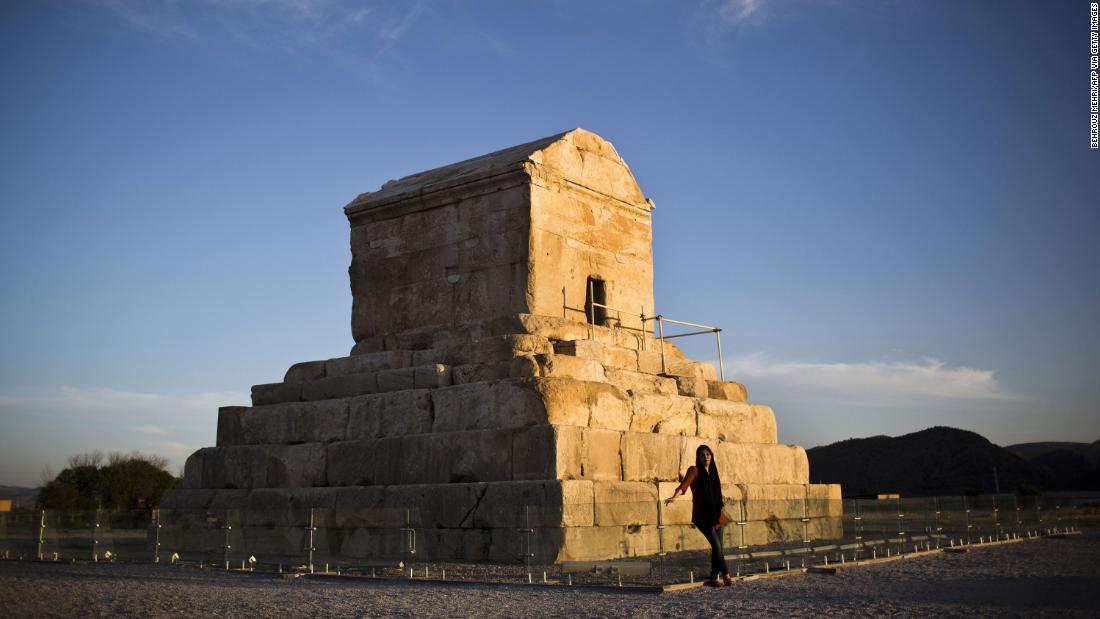
Washington (CNN)President Donald Trump’s threat to destroy some of Iran’s treasured cultural sites if the country retaliates for the killing of Gen. Qasem Soleimani has generated criticism on how a move like this would violate international law and amount to a war crime.
The US is a signatory of the 1954 Hague Convention for the Protection of Cultural Property in the Event of Armed Conflict, adopted in the aftermath of a war during which heritage sites were looted and destroyed on a jaw-dropping scale.
More importantly, these signatories were “convinced that damage to cultural property belonging to any people whatsoever means damage to the cultural heritage of all mankind, since each people makes its contribution to the culture of the world.” (The US Defense Department Law of War manual says that “acts of hostility may be directed against cultural property, its immediate surroundings, or appliances in use for its protection when military necessity imperatively requires such acts.”)
Preserving cultural artifacts speaks to a vital kind of world-building. It can, in its own way, ratify the existence of a variety of people, afford them dignity and help them to recover in the wake of tragedy.
The opposite, then — obliterating such objects — is nothing short of a violent strain of erasure.
The US and the world, in fact, have recognized that cultural destruction has been an aim of terrorist groups including the Taliban, ISIS and al Qaeda.
In 2001, the Taliban demolished the monumental Buddhas of Bamyan in Afghanistan, saying of the two statues: “These idols have been gods of the infidels.” In 2015, ISIS released a video depicting the annihilation of the Temple of Baalshamin, one of the most complete ancient ruins at the Syrian site of Palmyra. Meanwhile, since 2015, al Qaeda has targeted various sites in Yemen as the civil war there rages on.
Efforts of this nature go beyond mere military strategy. They betray the much broader ambition to rewrite history by blowing it apart.
Of course, you don’t have to look abroad to see the significance of protected cultural patrimony. For instance, what are the Smithsonian museums in Washington, if not institutions dedicated to elevating America’s many cultures and at times barbed histories, that the country may remember and learn from them?
The President initially tweeted his “WARNING” Saturday “that if Iran strikes any Americans, or American assets, we have targeted 52 Iranian sites (representing the 52 American hostages taken by Iran many years ago), some at a very high level & important to Iran & the Iranian culture, and those targets, and Iran itself, WILL BE HIT VERY FAST AND VERY HARD.”
Trump reiterated his threat on Sunday.
He backed off only after two of his top administration officials stressed that the US would follow the law, telling reporters on Tuesday: “If that’s what the law is, I like to obey the law.”
But it would be ill-advised to dismiss the President’s recent behavior too quickly. It’d be more accurate, instead, to put it into context: Trump’s is a presidency that’s been defined by various cultural antagonisms. And this was another example of that.
Original Article : HERE ;
from MetNews https://metnews.pw/whats-beneath-trumps-threat-to-destroy-cultural-sites-2/

No comments:
Post a Comment